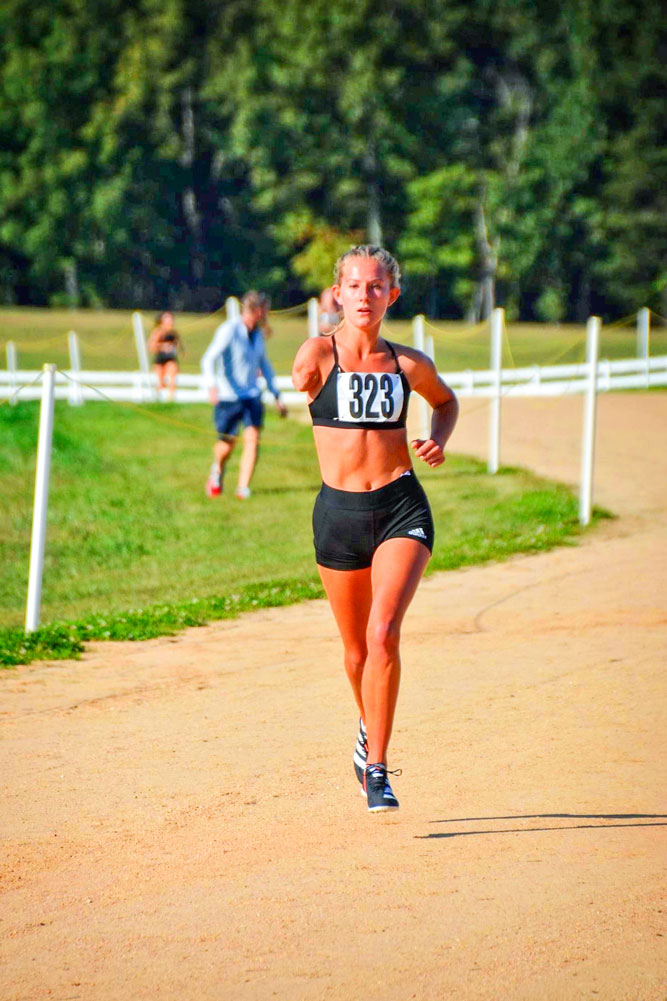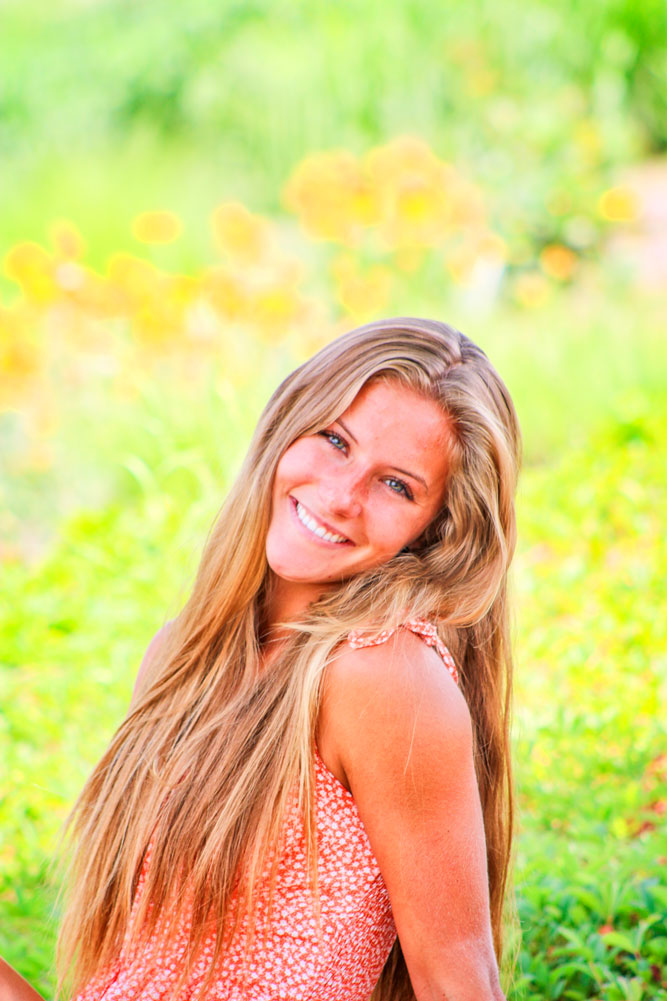Inner strength found through loss
By Shaun Kernahan; photos courtesy of the Jones family
The biggest hurdle in the life of a 14-year-old should be transitioning to high school, but for Ashley Jones, it was the biggest and most impactful year she had ever encountered. It started one evening when she was at a neighbor’s house babysitting. It wasn’t until she got back home and saw tears in the eyes of her family that she realized something was wrong. Her father, while at her sister’s soccer practice, had suffered a major heart attack and passed away.
It was a rough time for Ashley and the entire Jones family. A few months later, they were out camping, striving to feel as normal as a family can after losing their father, when a second tragedy happened. Ashley was the passenger on an ATV when a corner was taken too quickly and the ATV rolled. Ashley put her right arm out to brace herself, but the ATV landed on it, then slid across the dirt and her arm. The injuries eventually led to the amputation of her right arm below the shoulder.
Within four months Ashley had lost her father and her right arm, two things tough enough to comprehend on their own, much less in such quick succession. Then, while still in the hospital and with the assistance of a friend, Ashley received a video call that would continue to change her life. The video call was with Bethany Hamilton, the woman who gained fame after losing her left arm in a shark attack in 2003. Her story was the basis for the movie Soul Surfer. On the call, Jones saw Hamilton’s husband and kids running around in the background and realized she could live a normal life; it would just take some adjusting. She was also invited out to Hawaii for Hamilton’s Beautifully Flawed retreat, where she got to meet other young women who had experienced traumatic limb loss.
Jones was a competitive soccer player prior to her injury and returned to the sport only to find she couldn’t be as aggressive. “I am now very protective of my left arm,” she said. “If I break my left wrist, I would really be out of luck,” she commented.
Branching out, Jones attended a triathlon camp. Soon after, she began successfully competing. A former team sport player, Jones found one drawback of triathlon training to be the isolation of training for an individual sport. She went to the track coach at Valor who invited her to practice with the team, so long as she ran some events. Through this process, she found her new athletic passion – running.
With two very successful years of running experience under her belt and high school graduation on the horizon, Jones started looking at schools and had fallen in love with High Point University in North Carolina. Luckily, they had track and cross country teams, and they offered Jones an athletic scholarship to run for both teams.
She is set to start competing in late January, and officially become a Division I athlete. Her philosophy is, “If an able-bodied athlete can do it; why can’t I?” She has set out to prove that people with “limb differences” can compete with anyone.
Academically, she is majoring in exercise science and hopes to become a physical therapist or rehabilitation specialist to assist others who suffer limb loss. When asked if she had aspirations of competing in the Paralympics, her response was simply, “Very much so…Paris 2024!”

